Camp Jewels That Should’ve Been Worn at The MET - for The Adventurine
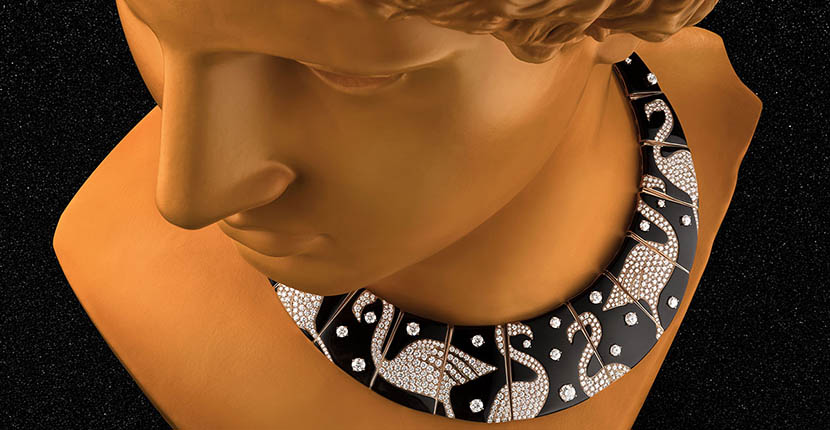
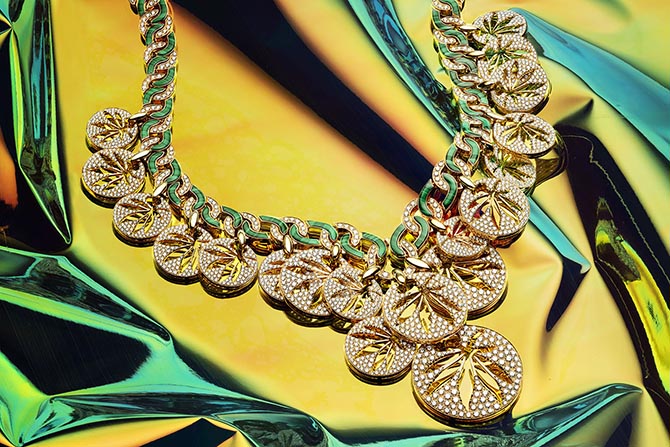
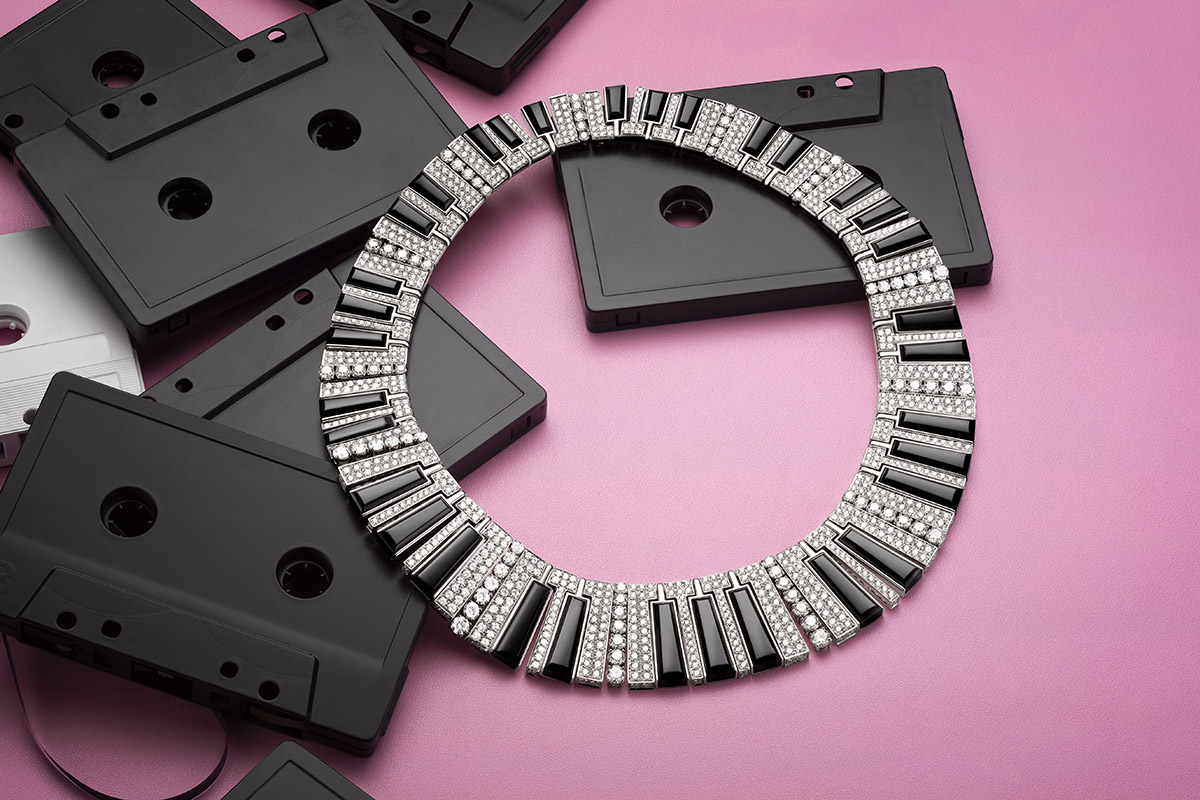
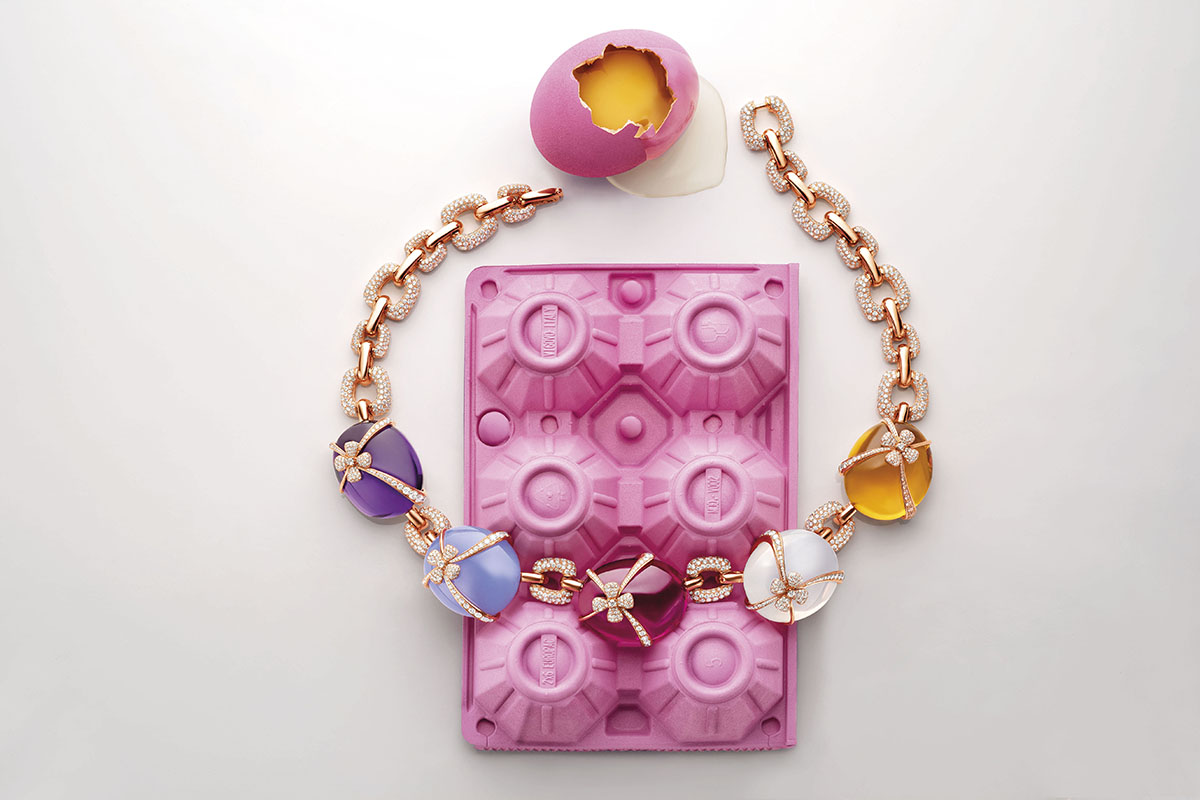
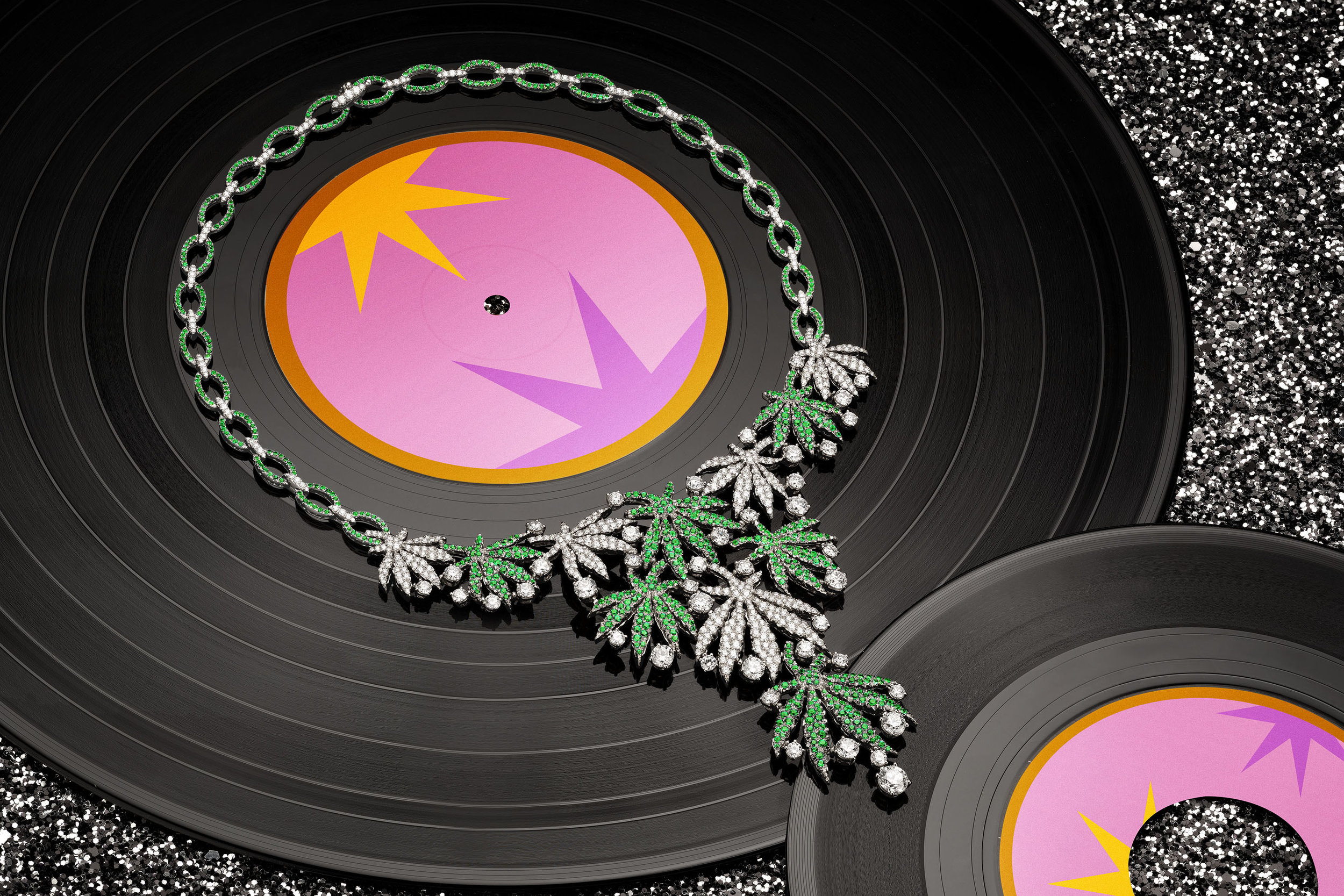
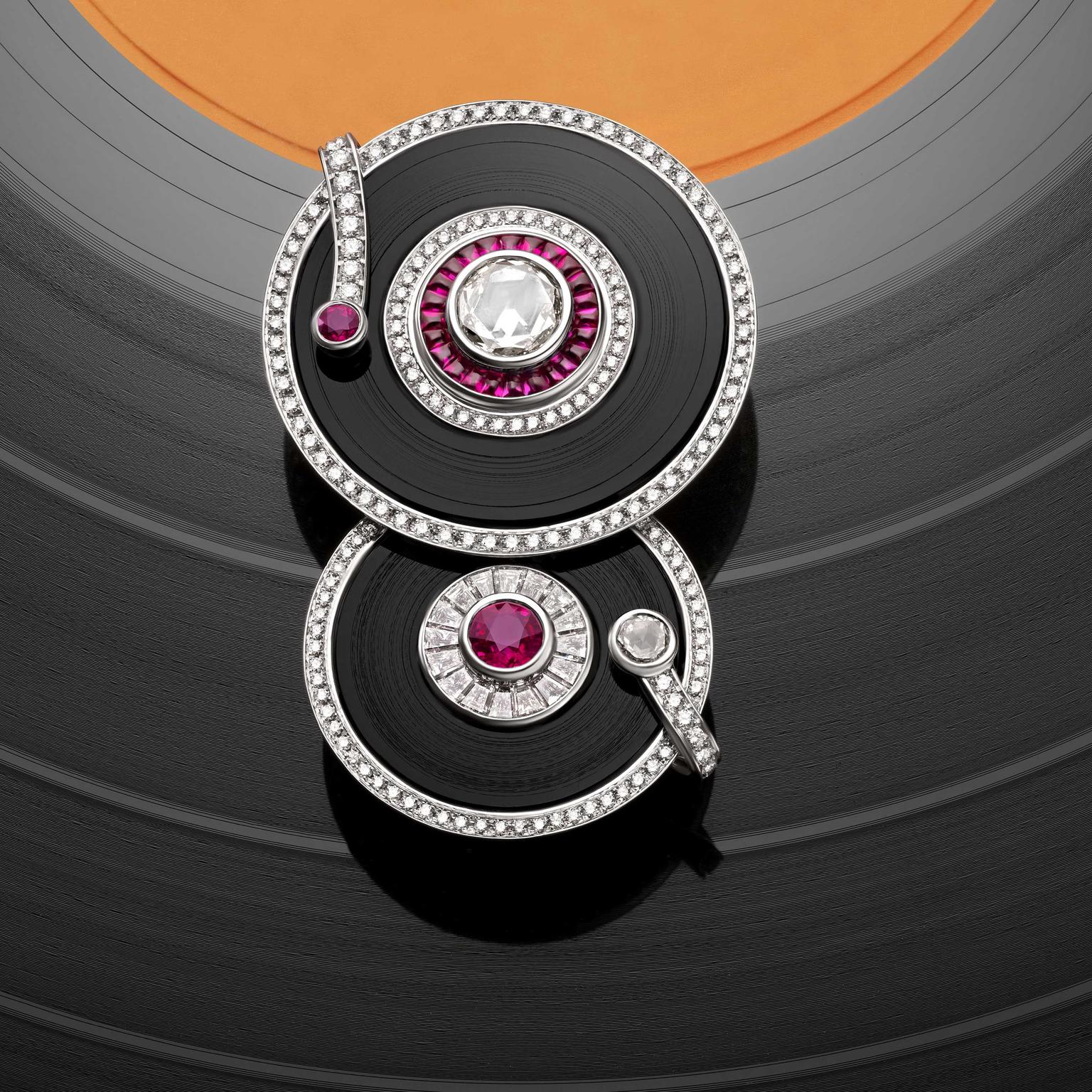
The style world has had its head in a flamboyant, feather draped daydream all week inspired by the 2019 MET Gala ensembles for Camp: Notes on Fashion. In just seven days a Google search for images to define the term ‘camp’ has seen a spike in popularity that’s so pervasive, photographs of Lady Gaga and Cardi B. have practically overtaken those of sturdy six-man tents. The ‘camp’ theme was clearly a gift for all the modern fashion talents with a penchant for humor. It also captured the zeitgeist in many ways including an acceptance of LGBT culture, and how it has contributed to style and fashion over centuries.
Since the pink carpet rolled up on Monday night one primary question remains for the jewelry crowd: what would YOU have worn to celebrate the concept? This fantasy proposition is met with more fervor than you’ll find in a paparazzi pit. As I have been musing on the subject, I realized a lot of seriously camp jewelry was overlooked. The theme is as pervasive in baubles as it is in fashion. Some of these pieces are so good they could have been on display in the exhibition.
Bulgari was a huge presence on the pink carpet—the decadent event was a match made in heaven for the Italian brand whose name is synonymous with voluminous jewels, sumptuous gemstones and effervescent design. In my dream jewelry styling scenario, however, I would’ve imagined any number of attendees wearing the hyper-camp ‘Wild Pop’ collection, brimming with pop culture references to the 1980s: flamingos, cannabis leaves and palm tree motifs. I’d love to suggest which celebrity guest would’ve been the most appropriate model for the ‘Happy Leaves’ necklace, but that’s slander in 40 states.
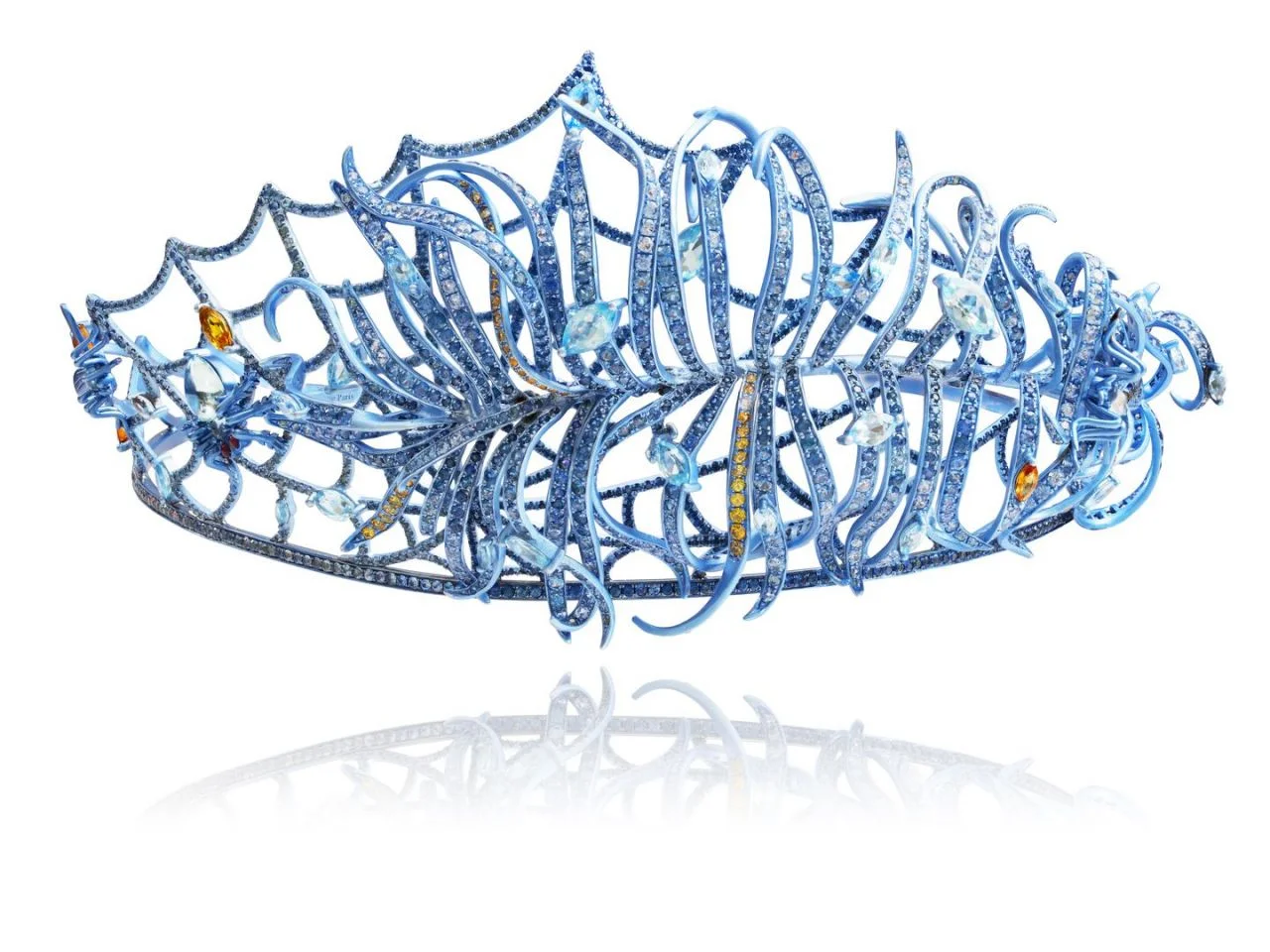
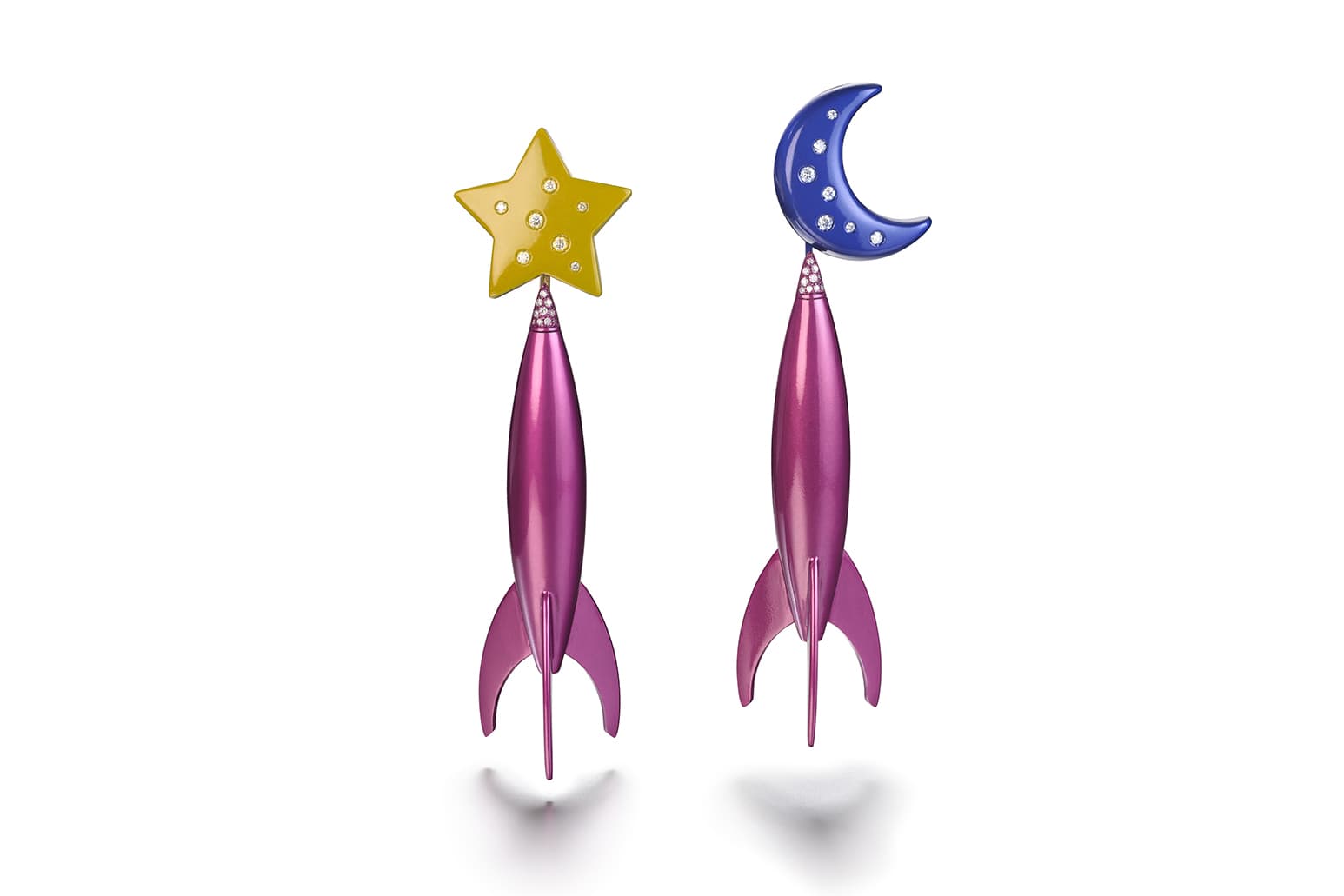
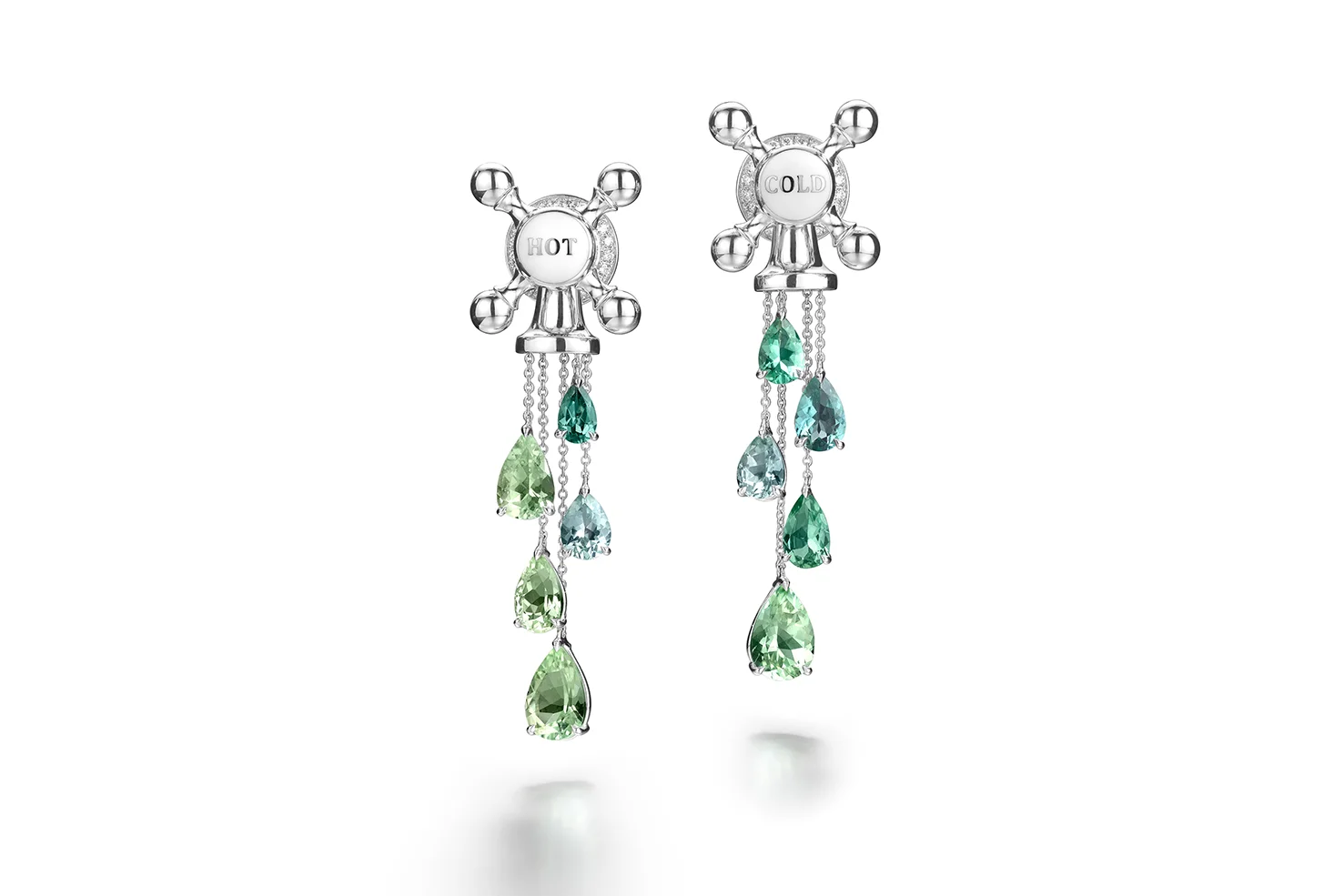
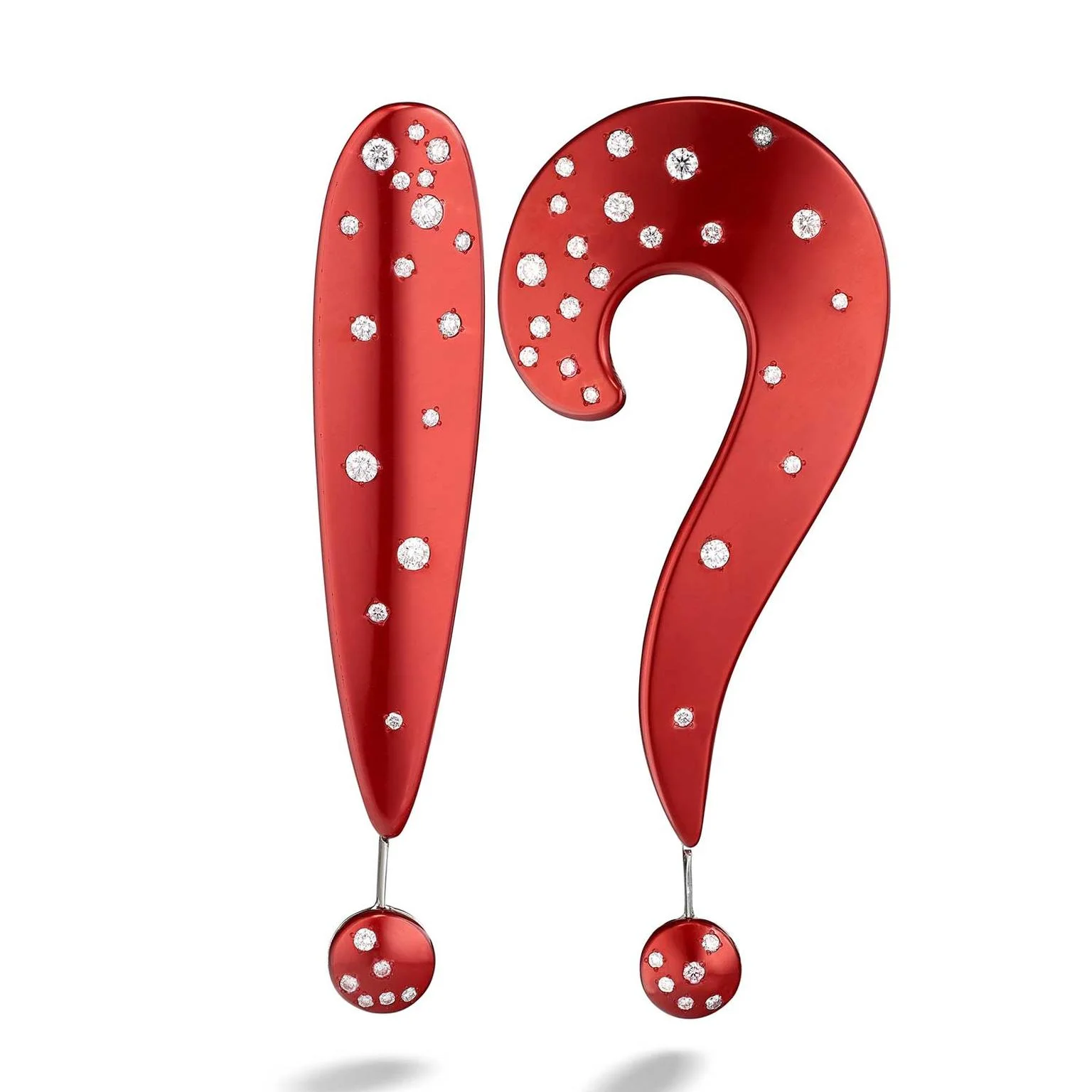
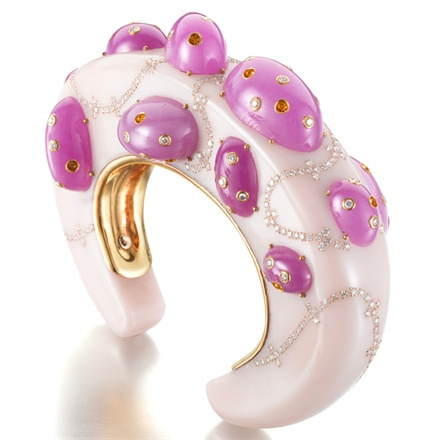
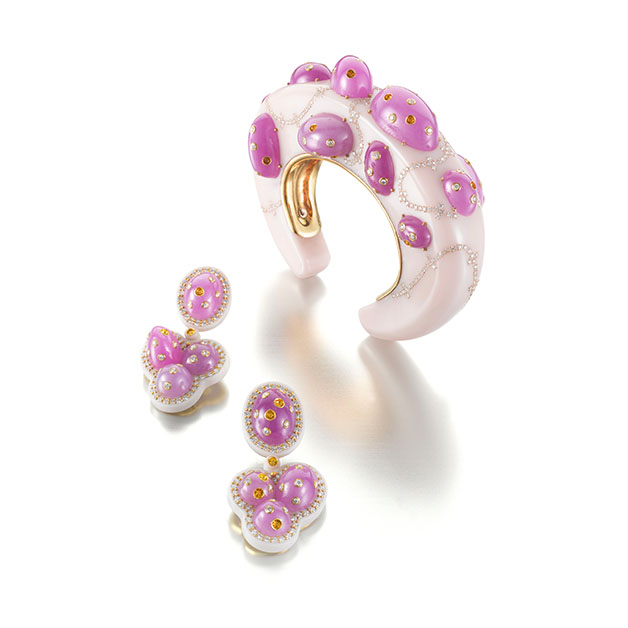
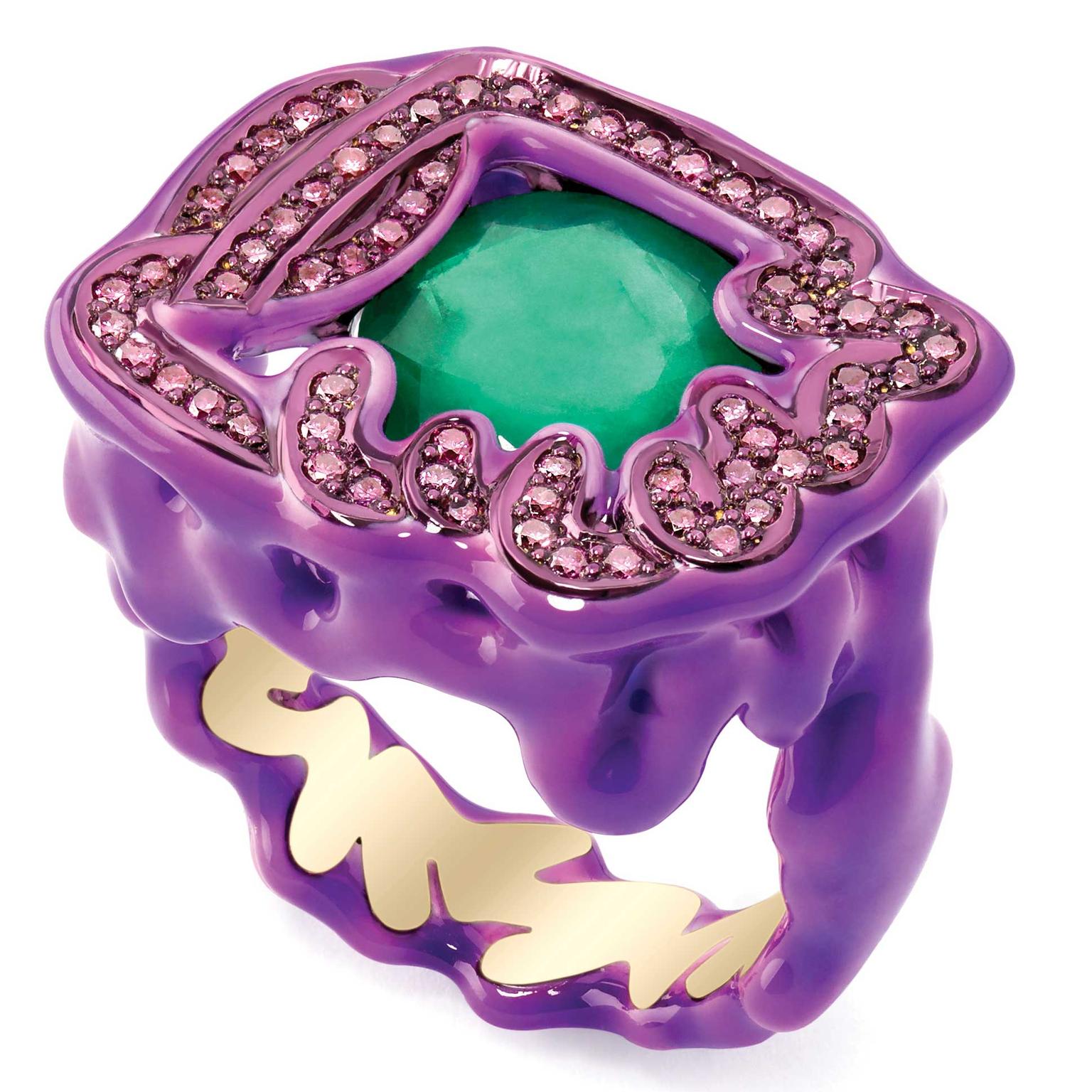
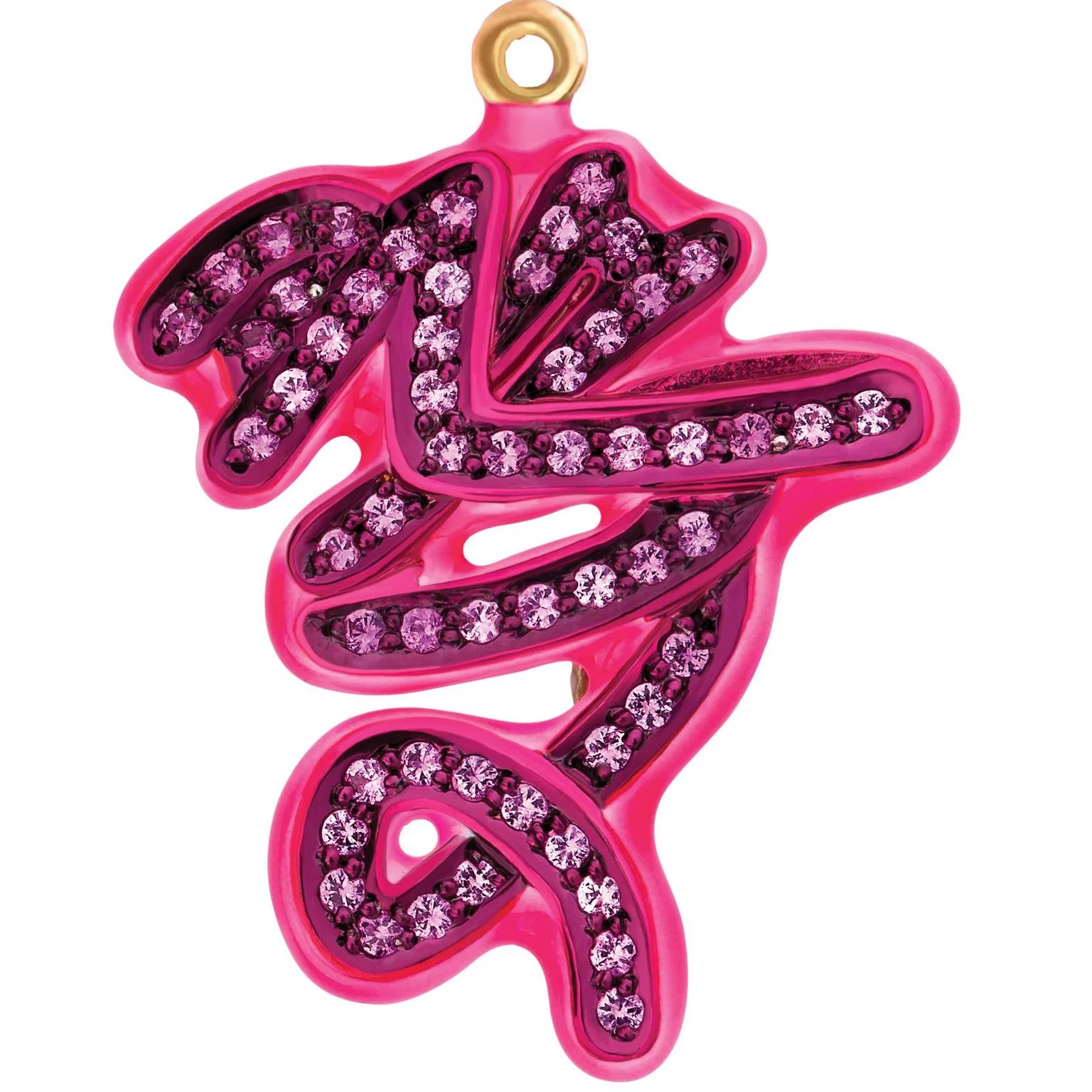

The formative years of ‘camp’ were identified in Susan Sontag’s ‘Notes on Camp’ essay as being “the late 17th and early 18th century, because of that period’s extraordinary feeling for artifice, for surface […] the great period of Camp […] les précieux in France.” Whom better to typify this era than the grand dame of high-octane French decadence herself, Marie Antoinette? French designer Lydia Courteille has paid homage to the much-maligned Queen in her ‘Marie Antoinette Dark Side’ collection. The true prize of this jewelry choice would be signaling your detailed reading of the Met Gala’s source material while wearing a conspicuous blue tiara emblazoned in yellow sapphires and aquamarines.
A jeweler who shuns the dour is Suzanne Syz, with a pantheon of novelty designs revealing, upon closer inspection and consideration, the craftsmanship and creativity which belie their lighthearted appearance. Titanium rockets, dripping ‘hot’ and ‘cold’ taps, and spinning records embellished with diamonds would have all been superb choices for framing the faces of any gussied-up MET Gala guests.
Irony is a touchstone for anyone hoping to achieve the holy grail of camp style – and what could be more ironic than the painstaking work, sourcing and ingenious combination of materials employed in emulating a cheap childhood sweet? Daniel Brush’s ‘Jellybean’ Bakelite and Burmese ruby jewelry suite is currently offered by Siegelson. Designed in 1991, this cuff and earrings set features the epitome of fine gemstones set flush inside light pink plastic, and dappled with diamonds. It’s kitsch, camp and highly coveted.
The final place in my imaginary MET Gala camp jewelry wardrobe has been saved for Solange Azagury-Partridge. Her ‘Scribbles’ collection is an ode to opposing complexity, seriousness, and the academia of design, basically a dream combo for a jewelry editor. These cocktail rings are a riot of colors, a scrawl of forms, and a stuck-out tongue to anyone who attempts to over-intellectualize the ideas of taste and tradition in the art form of jewelry. After all, as Sontag quoted from Oscar Wilde’s play ‘Vera; or, The Nihilists’ in her own essay: “Life is too important a thing ever to talk seriously about it.”